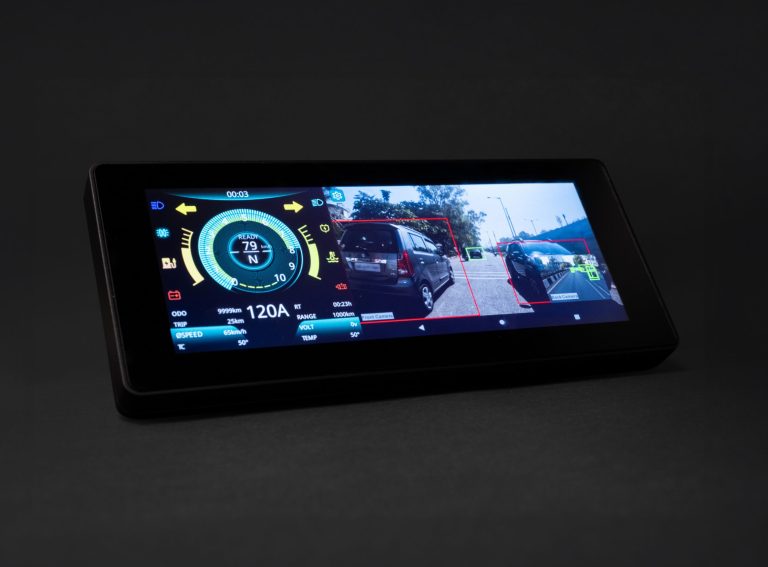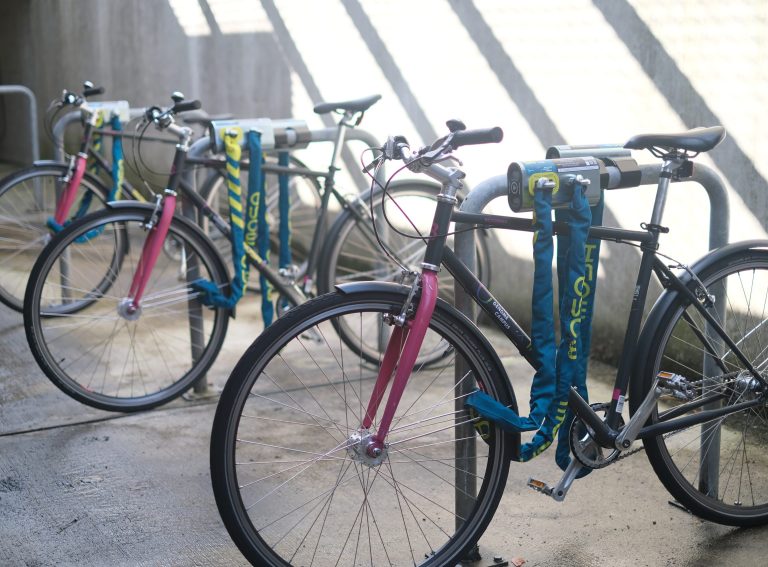Neuron has announced the launch of a six-month trial across the UK, Australia and Canada to test its “e-scooter brain” technology.
The shared micromobility operator will pilot the technology on its N3 e-scooters in four cities, with the software designed to allow the company and cities increased control of how the vehicles are ridden and parked.
The “e-scooter brain” includes High Accuracy Location Technology, Rapid Geofence Detection, an array of multi-function sensors and a proprietary vehicle operating system.
These features work together as part of the Dangerous Riding Detection system, which will allow Neuron to correct or warn of unsafe behaviours in real-time while also profiling users and incentivising safe riding.
The technology will be tested on 1,500 e-scooters in Slough, Ottawa, Brisbane and Darwin over the next six months in order to assess its effectiveness.
Following the conclusion of this period, the data will be analysed, with Neuron hoping to roll out the technology across all of its fleets within the next year.
“Recently there’s been plenty of industry talk from micromobility operators about how to apply new technology to better control e-scooters in cities, but until now it’s mostly been aspirational or theoretical,” said Zachary Wang, CEO of Neuron Mobility.
“Our trial is the first of its kind – we’ll have 1,500 e-scooters in cities across the world being tested in real-world situations to improve rider behaviour and safety. With the introduction of ultra-precise location, rapid response to geofencing, plus an array of new sensors we’ll be able to correct rider behavior while also putting the cities more in control of their e-scooter programmes.”
“The launch of our Dangerous Riding Detection technology allows us to profile our riders, and we can take a carrot and stick approach to improving behaviour. In some cases alerting a rider to a dangerous behaviour at the exact moment it happens, then immediately educating them on how to rectify the situation, could help to change bad habits and improve safety. Long-term we can give all riders an individual safety rating. It will allow us to incentivise good behaviour, target certain riders for refresher training, and also ban rogue riders and repeat offenders for riding dangerously.”



